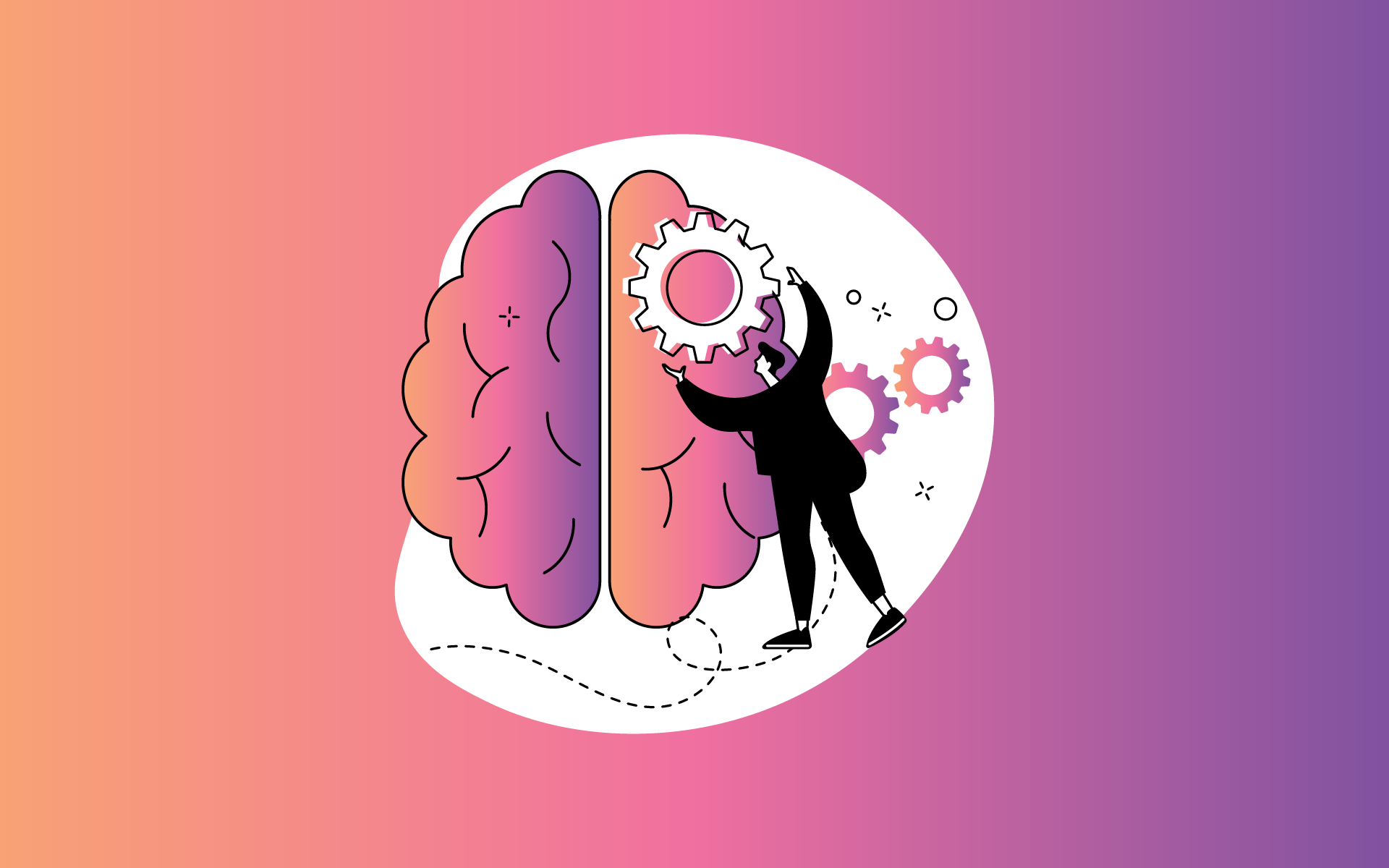It’s up to me … and I can do it

Mindset makes all the difference when it comes to handling change. Our podcast guests all share the same approach. They don’t wait for a saviour, and they believe in their own ability.
Working well with change depends on a mindset, a set of beliefs, says Dr Frank Magwegwe, personal resilience and change expert at GIBS. Perhaps the most fundamental of those beliefs is what the theorists call “self-efficacy”, the belief that it is within your power to enact change. It came through loud and clear in our podcast conversations.
Saray Khumalo learnt this approach to life from her grandmother, a vegetarian who grew her own vegetables and who would get on a bicycle to deliver the surplus to people in need, and from her mother, who supported her seven daughters by having up to four shops in the market in Lusaka, one at every gate. She took two of the girls with her to an all-male community meeting, telling them, “No one is coming to help you. You need to help yourself, and you need to work hard, because nothing is going to be given to you for free.” “My mother taught me a sense of ‘I can do anything.’ She always said, ‘The sky’s the limit.’” When Saray stood on the summit of Mount Everest that became much more than a metaphor. “I was above the clouds.”
Asnath Mahapa’s mother died when Asnath was 13. “Once a mother passes on, even when the lights are on the house looks dark,” she says. “I took a decision at that young age that I was going to become something, because if my mother can go, this man I was relying on (her dad) can also go. So, I need to stand on my own two feet.” After many twists and turns, she would become South Africa’s first Black female commercial pilot.
Ofentse Pitse, architect and conductor, wanted to be a visual artist, but her uncle sat her down and said, artists don’t make money. “I was like, shucks, I don’t want to keep struggling.” She asked herself, what am I good at? “I’m good with maths. I’m quite well spoken. I have art. Okay, architecture. Let’s try that out.” She got through the very difficult entrance requirements at Wits Architecture, but funding was a constant problem. So she taught herself graphic design, whilst studying, and earned money by making logos and designing branding. “I wanted to teach myself stuff that don’t keep me tethered to waiting for a saviour, waiting for funding to come. What if funding doesn’t come? Do I drop out? I cannot go back to the hood.” When we spoke to her, she was doing her master’s degree in architecture while running her own choir and orchestra commercially.
Part of that self-reliant mindset, says Frank, is the ability to “accept the brutal reality” of your life, but not to despair. That requires an element of optimism, the belief that good things do happen in time, however bleak the present may seem.
Like Asnath Mahapa, prominent economist Isaah Mhlanga also lost his mother when he was a teenager. He too had an uncle who sat him down for a very straight talk, saying there is no one in the family who would be able to pay school fees or university fees (this was before NSFAS, the state bursary scheme). It was up to him. He had to pass so well that “everybody who saw it would be compelled to do something.” Isaah would become the first student in Soweto to achieve six distinctions in the matric examinations. A major financial institution gave him a bursary, and that set him on his way. “Where you are born, the parents you are born from, do not define your life. You can change it if you have the commitment to how that story ends.”
“How the story ends” comes from inside yourself. It is a picture that you conjure in your own mind of a future self, a compelling vision of where you want to go. Ofentse Pitse says she was standing in a classroom with sixteen singers and an accompanist on the piano when she thought, “Sydney Opera House.” She recently conducted an all-Black, all-female orchestra in a recording of a song from Netflix hit Queen Charlotte with Alicia Keys. The details may be different, but the vision is being realised.
“No one is coming to save me.” “If I rely on people, they may die.” “It is up to me and only me.”
All of that can feel very bleak and frightening. The mood changes, however, if you add another thought which is present in every one of these stories: “…and if I do what it takes, I can make my future vision come true. It is in my power.”




